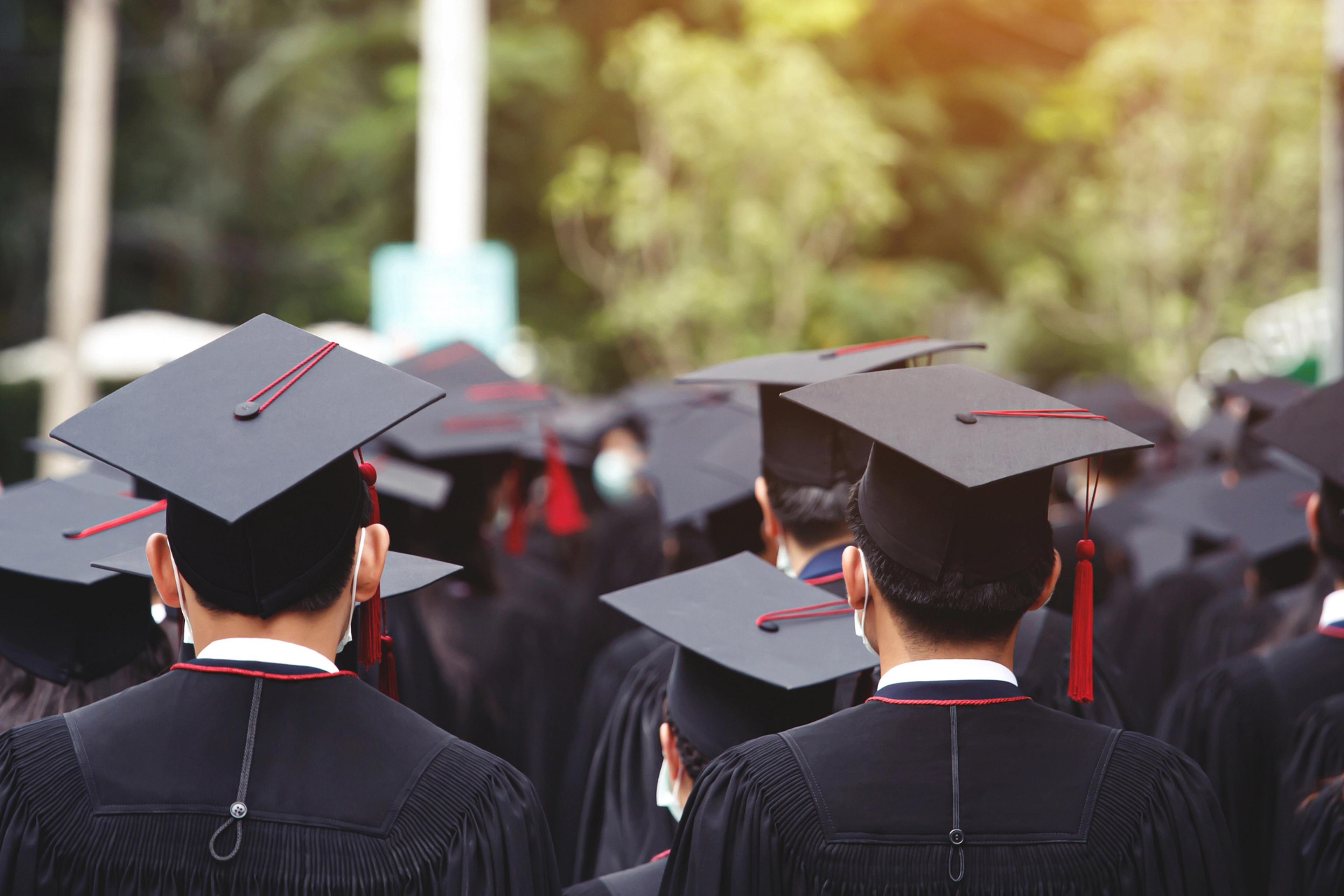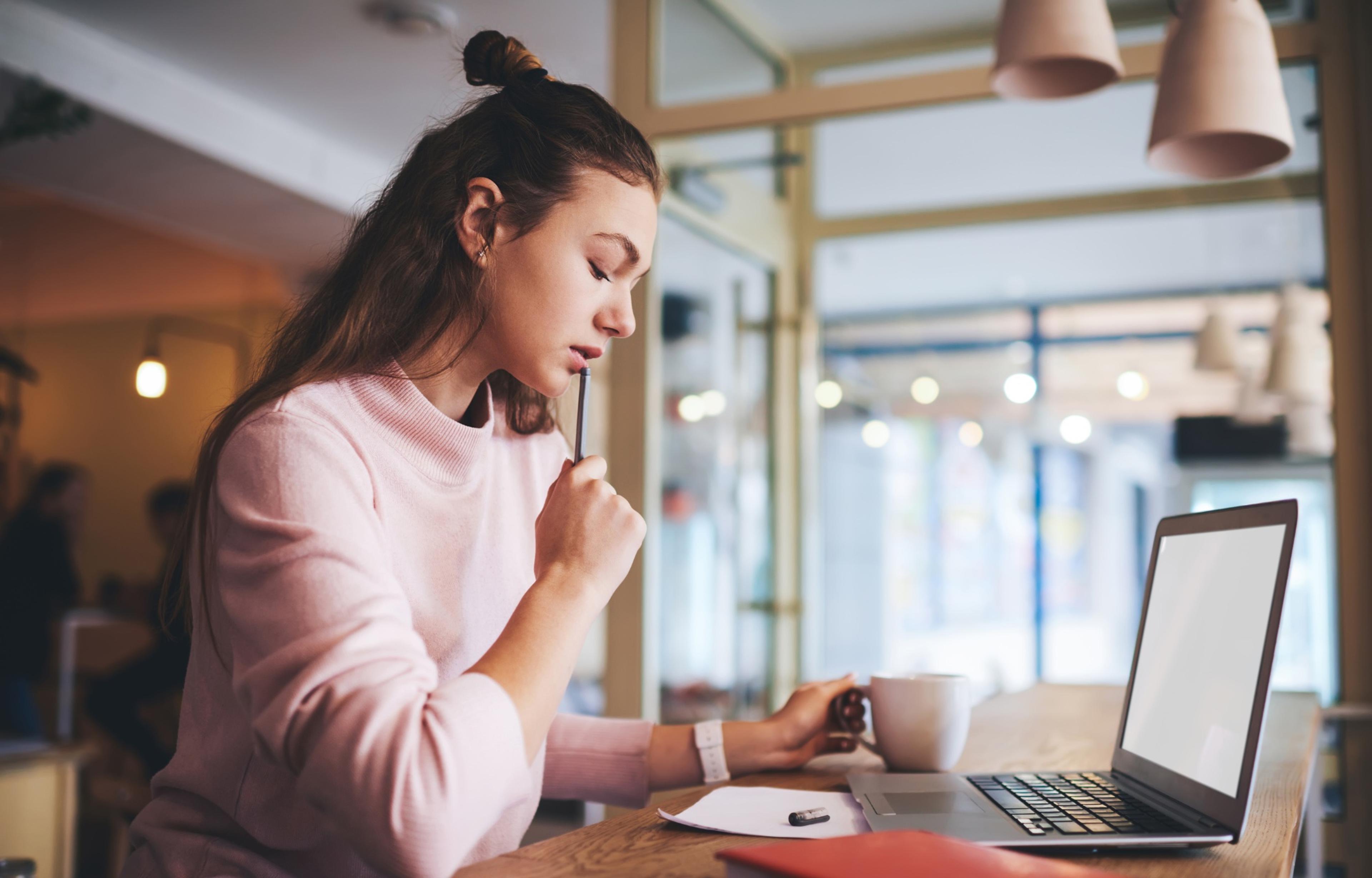ACT Game Plan: How to Master Every Section and Concept
Overwhelmed by the ACT? Need an organized, straightforward study plan that gives you real results? Bryce R, a test prep coach who has helped over 100 students, provides his insight and master plan to tackle every concept on the 4 sections of the ACT.

By Bryce R.
Posted March 6, 2025

Table of Contents
“There is no way I can confidently finish each section in time, and a lot of those questions are just too tricky. I’m not even close to the average test score of my dream school! I’m not a genius. How am I supposed to score higher than a 32?” When on an introductory call with a student, I usually hear a phrase like this when we are analyzing recent test scores. Then, we look at all the subscores and metrics on the score report. Almost every student I have worked with does not know how to make a strategic list or plan to tackle the concrete concepts they need to learn for the 4 sections of the ACT. What do those ambiguous concept categories on the score reports actually mean? What specific methods do I need to apply in order to strengthen these categories? These are the common questions on many students' minds when they receive their ACT score report.
With six years of experience as a test prep coach and many of my students receiving score increases greater than 100 points, I have seen exactly what concepts tend to be the trickiest on the ACT, as well as what concepts are most prevalent. As a coach on Leland, I would love to help you achieve your dream score on the ACT, and you can schedule a free introductory call with me here!
Remember, the ACT is a test against time and many of the concepts are actually quite simple. They consistently test the same concepts, with different questions that are worded to trick you. Many students do not understand that there is a concrete list of rules, methods, formulas, and tactics tested on the ACT, and understanding all of these concepts just takes time and practice.
Many of these concepts are not tested or reinforced in common high school courses and must be reviewed. Some examples include probability, single dashes, ellipses, matrices, evaluating data, and more. The list goes on and on. In order to study efficiently, you must master the concepts in order of how frequently they are tested, and how hard they are. Once you master all the concepts, it’s just a matter of recognizing the tricky questions.
The ACT is really just a game that has a limited range of flexibility to trick you. The more you review the solutions to practice questions, the more likely you can catch these tricks.
ACT English: Key Tips
Know all of your grammar rules.
Grammar rules include punctuation and sentence structure and make up over 50% of the ACT English Section. That’s twice as prevalent as the SAT! Punctuation rules can be broken down as follows: commas, double commas, semicolons, colons, double dashes, single dashes, and apostrophes. Getting sentence structure grammar questions right requires the proper usage of verb tense, parallelism, and pronouns. Knowing these rules and putting them into practice is key to success.
Elimination and plugging in answer choices are key.
On the ACT English, the answer choice you select is either perfect, or has some error (whether it is grammatical, the wrong tone, redundant, etc.). Try to plug in an answer choice, test it by reading the sentence with the answer choice inside of it, and see if your mind alerts you that there is an error. This is called using your “grammar ear”, and it can be highly effective for some questions. Even if you are not sure about an answer choice, sometimes you can eliminate all the other choices that you know are wrong.
Read the entire passage/paragraph before answering the question.
Do not try to skip ahead to the questions without reading the passage. Understanding the overall structure, main subjects introduced, and flow of the sentences is essential for correctly answering all of the questions, including grammar questions like punctuation.
ACT English: All Concepts Tested, in Order of Importance
- Grammar: The ACT tests for a solid understanding of sentence structure and punctuation. Sentence grammar includes verbs, pronouns, and parallelism. Most of these questions require you to have a good understanding of subject-verb agreement and consistency. Punctuation includes the rules for single commas, double commas, conjunctions, semicolons, colons, single dashes, double dashes, and apostrophes. Punctuation questions require you to know the actual rules, and you cannot simply rely on your ear to answer them.
- Word Choice: Word choice questions are quite prevalent on the ACT English. These types of questions include words in context, wordiness (repetitive wording/phrasing), transitions, prepositions, and frequently confused words. With these types of questions, it is essential to look at the sentences before and after to get a sense of context, tone, and flow.
- Main Idea, Purpose, and Structure: Understanding the main idea, purpose, and structure of a passage is essential to correctly answering the majority of the questions in the english section. Main idea questions test for what the author is saying while purpose questions test for why the author wrote the passage or included a certain piece of information. When you understand the main idea and purpose, it is easy to see why certain sentences or chunks of information are placed where they are and which pieces of information are out of order.
ACT Reading: Key Tips
The questions are easy, but the timing is not so be sure to skim-read.
The ACT gives less than 9 minutes to read an entire passage and answer 10 questions. Therefore, you need to read quickly! Remember, the reading section of the ACT is actually significantly less difficult than the SAT Reading section, so skim reading tends to be your best bet here. To skim read effectively, make sure to read the first and last sentence of every paragraph, focusing more in-depth on the first few paragraphs and last few paragraphs of the passage.
Learn how to read looking only for the main idea and structure.
Over half of the questions in the ACT Reading section are main idea-based. Always be conscious of the reason why the author is writing the passage and what they want you to know as the reader. Imagine you are the author writing the passage. What would you like the reader to know? Some passages are pushing an argument, others are discussing a phenomenon, and others are telling a story with specific characters. Identify the author’s point of view and the reason they are writing the passage.
The answer choices can trick you.
Most students read through the question quickly and go straight to the answer choices. This is the trap the ACT wants you to fall into during the reading and writing sections. The ACT knows you are going to pick an answer choice that looks right but does not answer the question. More often than not, the ACT will throw a loaded question at you and provide multiple answer choices that are true on their own but do not answer the question at hand. Make sure to have a preconceived idea of what the answer to the question is before looking at the answer choices.
ACT Reading: All Concepts Tested, in Order of Importance
- Main Idea, Purpose, Tone, and Structure: Understanding the main idea, purpose, and structure of a passage is essential to correctly answering the majority of the questions in the reading section. Main idea questions test for what the author is saying while purpose questions test for why the author wrote the passage or included a certain piece of information. Tone questions test your ability to take note of the diction and syntax to understand the feeling evoked when reading a passage.
- Detail Questions: These questions are an easy A because you can find the answers directly in the passage, as long as you have time to go back and locate them. Don’t worry if you don’t know the answer off the top of your head, that’s why you have access to the passage.
- Word Choice: Word choice questions are not as common on the ACT Reading. With these types of questions, it is essential to look at the sentences before and after to get a sense of context, tone, and flow.
ACT Math: Key Tips
Learn all of the shortcuts on your graphing calculator.
Since the ACT Math section is fast-paced, knowing how to graph polynomials, work with permutations/combinations, solve quadratic equations, simplify radicals, and more is so much easier on a calculator. Make sure you have a graphing calculator handy and learn these shortcuts for success. Also, make sure your graphing calculator is allowed on the ACT by going over the list of accepted calculators here.
The answer choices can help you.
Unlike the reading and English sections, the answers to the math questions on the ACT are either completely right or completely wrong. If you are close to the answer, but missing a key step, try to eliminate answer choices.
Plug in answer choices and test them.
When solving for a variable, determining the correct equation, or graphing a function, you can always plug in values to test for the right answer. If you are given the equation of a graph, plug in a point on the graph to make sure it works. If you are solving for x, plug the answer choices into the equation to see which answer choice works.
When in doubt, always estimate.
Use educated guesses and try your best to eliminate answer choices that would never make sense. For multiple-choice questions, you have a decent chance of picking the right answer even if you are lost. Sometimes, getting halfway to the solution is enough to eliminate most answer choices.
Plug in 1. Sometimes 2. (especially helpful with equation questions).
If you are rearranging an equation or isolating variables and you are having trouble with the algebra involved, plug in 1 for all the variables to see what your answer is. When you plug in 1 in the rearranged equation, you need to get the same answer. Sometimes 1 does not work, so try 2.
ACT Math: All Concepts Tested, in Order of Importance
Below is a compacted summary of all concepts tested in the ACT Math section by category, in order of prevalence. Start with mastering concepts like systems of equations and quadratics (extremely common) before moving into concepts like multiplying matrices (less common).
- Algebra: linear equations, systems of equations, quadratics/polynomials, functions, rewriting equations, exponents/roots, and complex numbers.
- Geometry: linear graphs (slope), parabolas, area/volume, similarity, special triangles, sin/cos/tan, circles (graphing circles, arcs, area, and circumference), angle measures, lines, transformations, and trapezoids.
- Word Problems: proportional reasoning (percents, unit conversion, proportions, and probability) linear (slope), systems of equations, quadratics, statistics, exponential (growth and decay), and line of best fit.
- Additional Topics (mostly pre-calc): combinations/permutations, sequences/sequence notation, matrices, unit circle, asymptotes, vectors, law of sines/cosines, logarithms, and number theory.
- What to Memorize: quadratic formula, exponents/radical rules, vertex form, arc length formula, exponential growth/decay, the circle and ellipses equations, sequence notation/sequences, logs, law of sines/cosines, unit circle, and polygon interior angle formula.
ACT Science: Key Tips
Only spend 1-2 minutes skimming through the passages/figures.
Contrary to what you may believe, you do not need to read the passages in the ACT Science section before answering the questions. Since you only have 5-6 minutes to get through each passage and the 5-7 questions attached to it, it will save you much more time to go straight to the questions and go back if you need to find results, conclusions, etc. Remember, many of the questions test your ability to read a chart or table, or analyze the details in a paragraph. They do not require you to find the main idea or message of the passage.
Annotate and underline.
When you are quickly going through the passage, underline and annotate hypotheses, results, conclusions, trends, and relationships so that you do not have to spend time going back to find them. Separating out the needed info is key.
Understand the passage types.
The ACT is broken down into research summaries, data representation, and conflicting viewpoint passages. For research summaries and conflicting viewpoint passages, briefly skimming through the paragraphs to find the hypothesis, variables, results, and conclusion is key.
Understand how to make connections between data points/graphs.
Many of the harder ACT Science questions ask you a question that requires you to analyze multiple figures or tables and find patterns/relationships between them. Understanding the trend and relationship (direct, inverse, unrelated) of data points and results is key to success.
No technical science knowledge is required to do well.
In the ACT Science section, only about 5-10% of the questions require you to have background knowledge in science, and this knowledge is not AP Bio level, it's basic middle school level (control variable, freezing point, etc.)
ACT Science: All Concepts Tested, in Order of Importance
- Evaluating Data: These types of questions do not require any background knowledge of science, but they do require close attention to detail. Be very careful with the wording of the answer choices, and be sure to eliminate options that are not directly supported in the passage, table, or chart.
- Analyzing Relationships and Trends: You need to understand whether a trend is positive or negative, and whether a relationship is direct, indirect, or unrelated. You also need to be able to make connections between data points and know how to estimate hypothetical values.
- Analyzing an Experiment: You need to be able to quickly locate the hypothesis, control variables independent variable, dependent variables, results, and conclusion of an experiment.
Conclusion
Following this guide is a game changer to mastering the game that is the ACT! I am passionate about helping all of my students excel. Whether you are currently scoring above a 32, below a 26, or somewhere in the middle, I am here to help you succeed. Feel free to book an introductory call with me here.
Don’t be scared, be prepared! You got this!
Studying for the ACT? Read these next:

Written by Bryce
5.0
(4)
As a professional academic coach for the past six years, I provide skills, behaviors, and strategies to help students of all ages improve their academic and personal confidence. I strive to be passionate, patient, and empathetic toward all my students. I have helped hundreds of different students increase their test scores hundreds of points and excel in their academic programs. I graduated one year early from the University of Miami double majoring in Environmental Science and Economics. I am passionate about teach students math, science, analytical writing, and evidence based reading. I have experience in and enjoy teaching all ages of students, from elementary to college level. My expertise lies in standardized test prep (SAT, ACT, GRE, GMAT, etc.), college level courses/APs, Algebra, Geometry, Biology, and more. As a graduate from the University of Miami (UM) in the field of Environmental Science, I have also mentored classes of students at UM in applications of environmental sustainability. Growing up with ADHD and social anxiety in school, I struggled with self-confidence, and I was often worried about my grades. I was not a gifted test-taker, and I had to work harder than most of my classmates to excel academically. However, I was fortunate to have mentors in my life who taught me invaluable skills, and I learned how to transform my weak points into strengths. Even though ADHD caused me to lose focus at times, it also allowed me to hyper-focus my brain and excel. I was fortunate to attend the University of Miami on a merit scholarship, and while in school, I realized that many of my fellow students also had weaknesses, other than ADHD, that caused them to struggle academically. I was able to empathize with their struggles, and I used the knowledge I had gained to help them see their struggles as opportunities to grow, ultimately reaching their potential for success. Coaching other students became a passion of mine while I was in college, and this is where I started my journey as an academic coach. I realized early on that students need someone who is more than just a tutor or an expert in their field. They need a friend, mentor, and teacher who understands what they are feeling. They need a coach who tailors their learning style to fit each student. My passion is to ignite the strength that every student has within them. I believe that each student has their own academic talents that are revealed when provided the right environment and coach.
Bryce has helped clients get into organizations like:



















